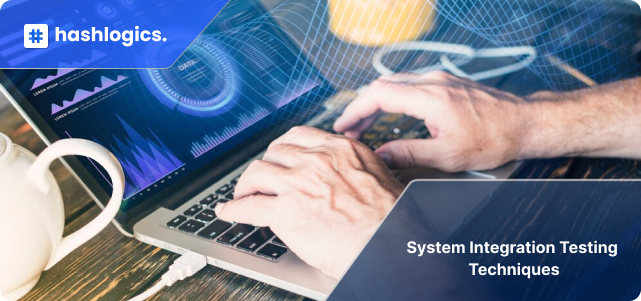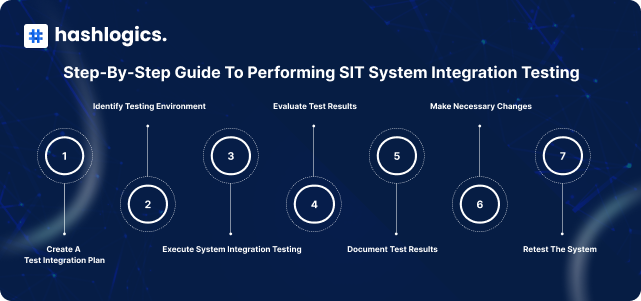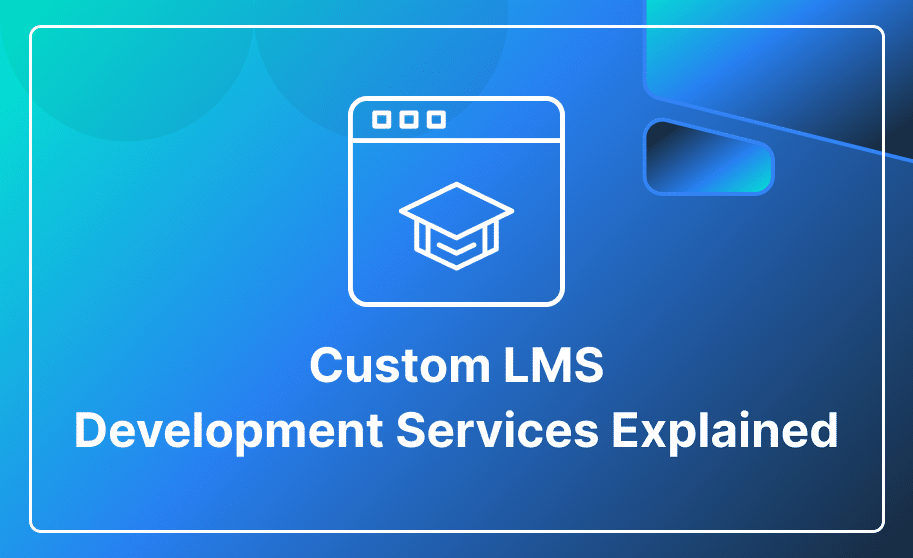Software testing life cycle is an important part of software development. One key step in this life cycle is system integration testing, which helps developers identify issues with the various components within a software system’s interface.
This blog provides a comprehensive overview of System Integration. It encompasses SIT testing definition, purpose, process, tools, and best practices.
What is System Integration Testing?
System integration testing (SIT), also known as integration system testing, is a QA process that allows developers and engineers to assess how different modules interact within a unified system. Modules in software systems are individual files with specific functions, and applications consist of multiple modules. Integration testing helps engineers in verifying the smooth functioning of their software creations.
System integration testing (SIT) occurs during the software testing process after the unit testing phase. In unit testing, testers check if each module functions properly independently. After SIT, engineers move on to system testing to see how well the software works as a complete application.

System Integration Testing Techniques:
- Top-down Approach:
This approach starts testing from higher-level modules and ends with lower-level ones. Developers may use stubs to test incomplete lower modules, simulating their functions.
- Bottom-up Approach:
Testing begins with lower-level modules and moves up to higher-level ones. Instead of stubs, developers use drivers to test incomplete higher-level modules, emulating their functions.
- Sandwich Approach:
This approach combines top-down and bottom-up testing. Testing is divided into three layers, with one team using the top-down approach on the top layer and another using the bottom-up approach on the bottom layer until completion.
- Big Bang Approach:
Module integration happens only after every module is finished. Developers then test the entire system at once, streamlining the testing process.
Benefits of System Integration Testing
Some benefits of system integration testing are:
- It helps you to detect defects early.
- Identification of interoperability issues.
- It validates data flow by validating the accurate and smooth transfer of information between integrated components.
- It provides a complete view of system functionality.
- It improves quality by ensuring proper coordination among all system components.
Disadvantages of System Integration Testing:
Some drawbacks of system integration testing are discussed below:
- It can be costly as the systems are complex and need specialized equipment and people.
- Integration tests use multiple resources like people, time, hardware, and software. Managing different systems at once can be difficult.
- Testing might accidentally lose data if it’s not done right or if there’s a problem with one of the systems being tested. If there is a problem during testing, it can be challenging to figure out the exact cause.
Step-by-Step Guide to Performing SIT System Integration Testing
Step 1: Create a test Integration Plan:
Create a detailed plan that helps visualize required resources, allocate them efficiently, and serve as a reference for development and engineering teams regarding software requirements and expectations. It helps in aligning team objectives and effectively managing the testing process.
Step 2: Identify Testing Environment:
The next step is to identify the testing environment. It is important to ensure that the test environment closely resembles the production environment to ensure that the tests accurately reflect the actual system.
Step 3: Execute System Integration Testing:
Connects all system components and executes tests to verify proper functionality.
Step 4: Evaluate Test Results:
In this step, analyze integration test results by comparing them to expected results.
Step 5: Document Test Results:
Create a comprehensive report documenting identified issues and recommended actions for further testing or modifications.
Step 6: Make Necessary Changes:
Fix the reported bugs and integrate suggested improvements to ensure system reliability.
Step 7: Retest the System:
The last step is to retest the system to ensure the accuracy of implemented changes and validate expected functionality.

Essential System Integration Testing Tools
Some must-have test tools are:
- VectorCAST/C++:
The Vector Software VectorCAST tool is widely used to perform unit and integration testing. It tests each module or component independently to ensure its functionality without relying on other dependencies.
- Citrus:
Citrus is a popular test framework written in Java. It helps in automating integration testing for message-based applications and different data formats. It can check JSON, XML, and plain text message requests and responses. Citrus works on both the client and server sides, helping to simulate messages for requests and responses.
- SITA (Smart Integration Test Accelerator):
SITA (Smart Integration Test Accelerator) is a top integration testing tool that helps organizations speed up their testing efforts. It has many features to automate testing and make it easier to identify and fix problems.
- Rational Integration Testing:
The Rational Integration Tester is system integration testing, which helps businesses ensure that the software systems are of high quality and reliability. It has many useful features that make testing automation easier and simplify fixing any issues found.
System Integration Testing Mastery: Best Practices Revealed
Systems integration testing is an ongoing process that occurs whenever new systems are integrated. Following best practices can ensure the efficacy of your system integration testing and achieve the desired outcomes:
- It is advisable to maintain all test assets, such as test scripts and results, so teams can access them easily.
- All necessary testing environments should be finalized before testing.
- Regularly monitor testing results and metrics to facilitate necessary adjustments or enhancements
- Conduct regression testing regularly to protect existing functionalities from potential adverse impacts resulting from new integrations.
- Thoroughly document test cases, including input data, expected outcomes, and dependencies, to provide clarity on the testing process and serve as a valuable resource for future reference.
- Integrate performance testing into the integrated system testing strategy to evaluate the performance of integrated systems under various loads and conditions for identifying and addressing potential performance issues.
System Integration and System Testing: A Comparative Analysis
System Integration Testing (SIT) and System Testing are both important phases in the software testing life cycle. While SIT assesses the interactions between modules, System Testing typically has a broader scope. System Testing evaluates the entire application against predefined requirements to determine its adherence to specifications.
The simplest System Integration Testing definition is that it is a type of functional test that tests the components of a software system to ensure they are operating appropriately and meeting their specifications. In contrast, system testing involves both functional and non-functional tests. Nonfunctional testing involves evaluating the qualities that don’t affect functionality, such as usability and security. System testing is acceptance testing as it helps determine whether the application complies with the requirements of the end user.

System Integration Testing Example
Consider a healthcare management system where various modules, such as patient registration, appointment scheduling, and billing, need to seamlessly interact. During system integration testing, each module is tested individually and then collectively to ensure they communicate effectively, data transfers accurately, and the system functions smoothly as a unified entity to meet all specified requirements.
Transform Your Testing Experience: System Integration Testing Services from Hashlogics
Digital enterprises following agile and DevOps methodologies should incorporate integration testing techniques to ensure the seamless functionality of various software modules when integrated. Employing Hashlogics’ advanced testing services for integration testing allows businesses to improve existing QA processes through best practices, leading to accelerated development, expedited time to market, and increased return on investment.
“Maximize efficiency and minimize risks with Hashlogics’ integration testing services. Get in touch now!”
Conclusion:
System Integration Testing – SIT testing meaning refers to comprehensive testing conducted on the application and the complete system, often comprised of multiple software and hardware units. Its primary objective is to verify the functionality of both software and hardware systems. SIT serves as an effective method for identifying defects and errors early in the development cycle, enabling timely feedback on module acceptance.
Interested in exploring more about the future of software testing? Check out our following blogs:
- AI Software Testing
- Software Security Testing














